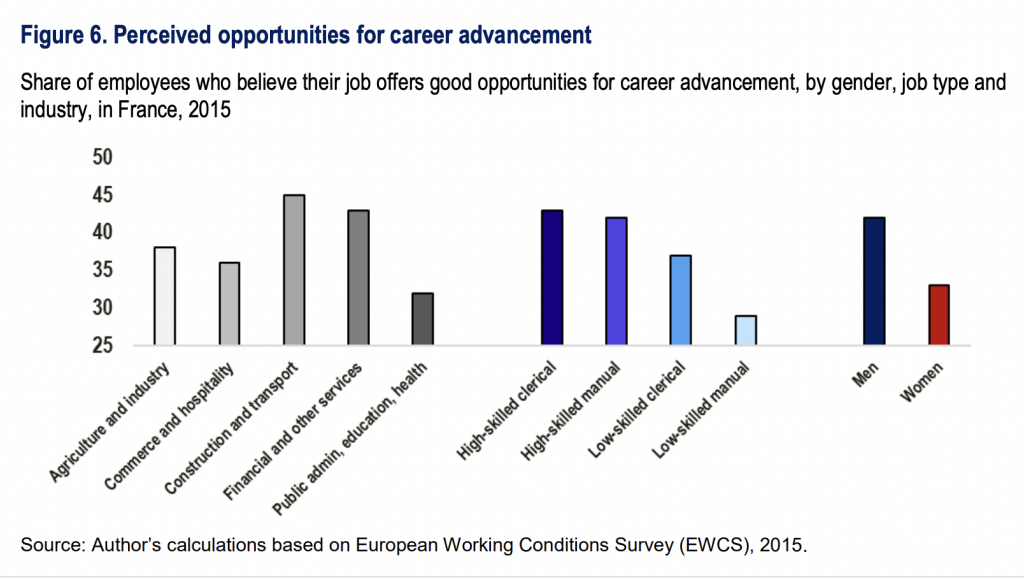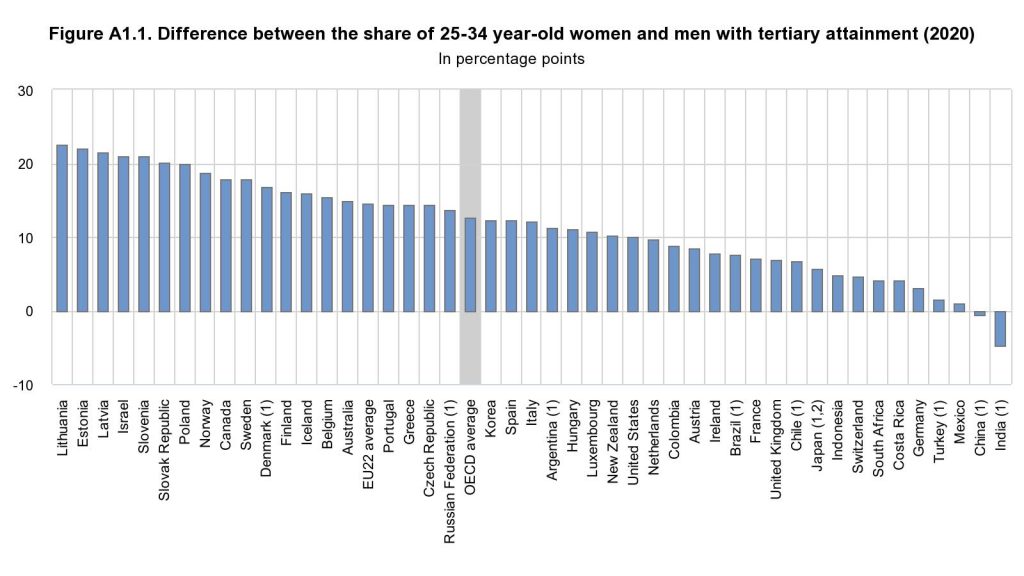Wellbeing and careers: OECD work on social performance
There’s quite a debate brewing on how we should think of companies: are they purely economic entities that should not deviate from their goal of financial ‘efficiency’ and answer only to their shareholders (of course within legal limits); or are they social units which have a wider set of ‘stakeholders’ – their employees, local communities, society as a whole? I was intrigued to come across a recent OECD publication which suggests that the OECD is firmly in the latter camp.
The Policy Brief based on a longer Working Paper, is on Measuring the Social Performance of Firms through the Lens of the OECD Well-being Framework, and makes a substantial contribution to thinking about the social performance of firms. It draws an interesting analogy with the Scopes 1,2 and 3 which have hit the news as measures of environmental performance; in this case, Scope 1 refers to how the company itself treats its employees, and Scopes 2 and 3 to its social effects upstream and downstream. The main interest is in its attempt to break new ground on Scope 1, so that we might know more about how companies perform in respect of their staff.
I should declare an interest: I worked for several years at the OECD as head of their Centre for Educational Research and Innovation, and one of the activities I introduced was on the measurement of the social outcomes of education – schooling and university, but also lifelong learning. Before that I was involved in the work they did on social capital, arguing for its inclusion alongside human capital in the analysis of educational policies and their effects. I was also a big fan of the seminal 2009 report by Joseph Stiglitz, Amartya Sen and Jean Fitoussi, which presented a major challenge to conventional ways of measuring economic performance.
As you can guess, therefore, I lean strongly towards broad interpretations of how we should be accounting for what organisations do, and their impact on communities and the broader social and physical environment. I’ve had nothing to do with the recent work, but OECD seems to me to have taken another good step forward with this report. It tackles, in sober technocratic language, the challenge of producing measures and indicators that will guide us in making decisions – as citizens, consumers, investors or policy-makers. If ‘what doesn’t get measured doesn’t count’ holds at all, this is important work, even for those who recoil at the idea of attaching globally significant issues such as climate change to the nitty-gritty of measuring corporate behaviour.
Is there relevance to the Paula Principle, and the undervaluing of women’s competences? Clearly yes, as the chart below (Fig 6) shows. Training is included as one of the indicators of workforce wellbeing:
Training has been shown to have a positive impact on job satisfaction, as it can make employees feel more valued and be part of the team, as well as increasing workers’ morale, retention and a sense of loyalty, while also promoting a learning culture and employee participation in decision-making. Indirect effects of skills improvements include improvement in workbased competencies, attitudes and behaviours, enhanced employability and higher entry wages.

The report includes, as one of its indicators, employees’ perceptions of their opportunities for career progression, as reported in surveys. These are, the authors acknowledge, subjective judgments but the best available. The right hand columns of the chart make it emphatically clear how far women are behind men when it comes to such opportunities. The data is for one country only, France, and of course there will be variation across countries, but I doubt that France is way out of line with other OECD countries. I see no reason to think that women are intrinsically more likely to complain than men – in fact Paula Principle factor 3 – self-confidence and the readiness to put oneself forward for reward – suggests otherwise.
So the training does not necessarily translate into career progression. This relationship between competence and progression is not covered by the report, admirable thought it is. The message for me is clear: organisations – public as well as private – need to pay a lot more attention not just to gender equality in the sense of equal pay at any given moment, but to the way careers develop over time – see my previous post (and many others) on how our notions of career are still shaped by the model of full-time continuous employment.
Since I’m on an OECD kick I’ll just drive home the basic PP message – that women’s lead over men in the qualifications/competences field is increasing faster than the pay/careers gap is closing. The chart below, from their invaluable annual Education at a Glance, shows how for the 25-34 age group women are ahead in every single country except for China and India. These gaps are already significant – and are likely only to increase. Policy and practice need to capture the complex dynamics of skill development; this has to include how it is recognised and rewarded. The OECD’s work on wellbeing should help that process along.

